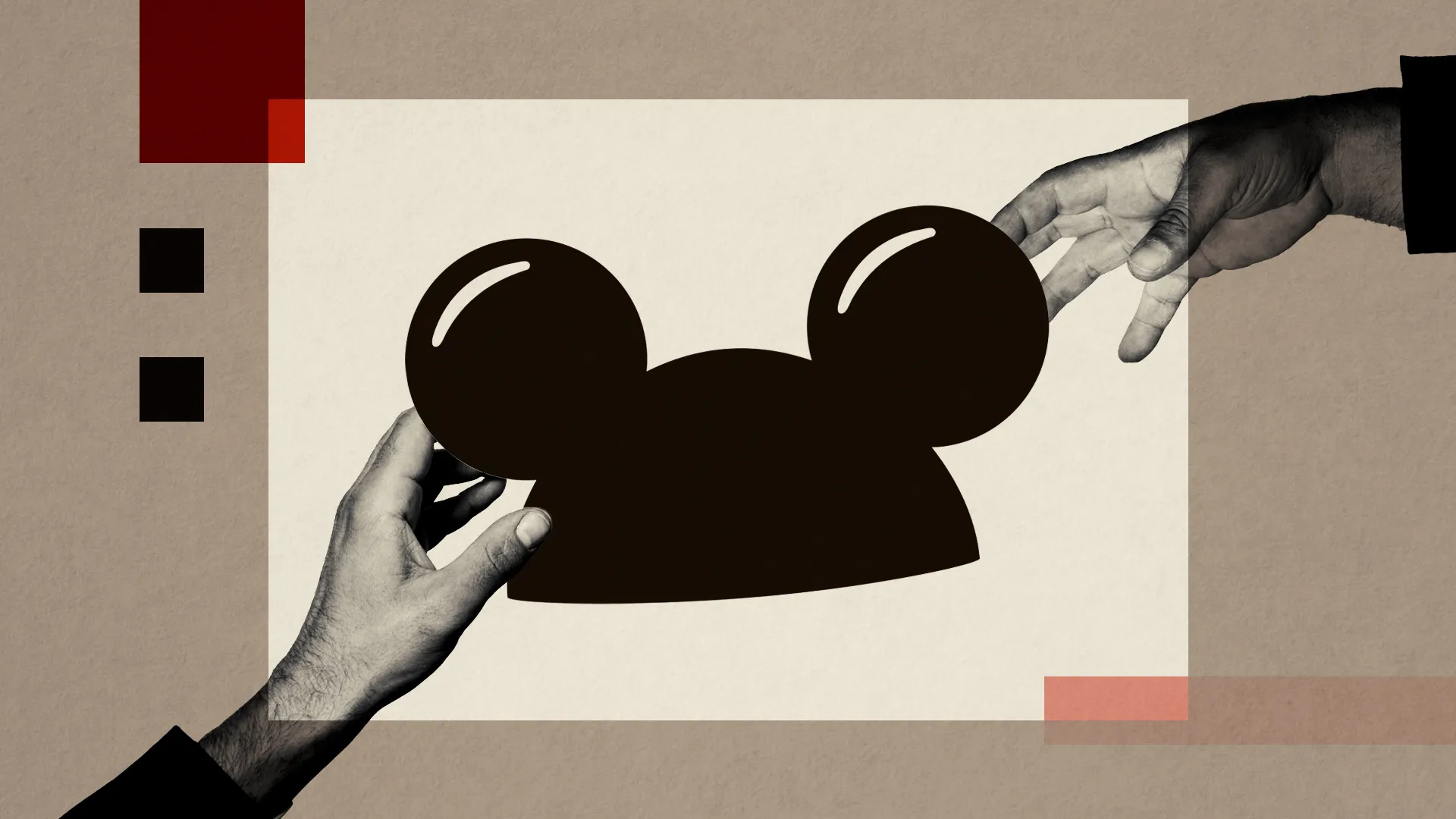BREAKING NEWS
LATEST POSTS
-
Skill Foundry – ARTIFICIAL INTELLIGENCE WITH PYTHON
INTRODUCTION………………………………………………………………………………………….. 3
Setting Up AI Development Environment with Python……………………………….… 7
Understanding Machine Learning — The Heart of AI…………………………………… 11
Supervised Learning Deep Dive — Regression and Classification Models………. 16
Unsupervised Learning Deep Dive — Discovering Hidden Patterns………………. 21
Neural Networks Fundamentals — Building Brains for AI ……………………………. 26
Project — Build a Neural Network to Classify Handwritten Digits ………………. 30
Deep Learning for Image Classification — CNNs Explained………………………… 33
Advanced Image Classification — Transfer Learning………………………………….. 37
Natural Language Processing (NLP) Basics with Python…………………………….. 41
Spam Detection Using Machine Learning …………………………………………………. 45
Deep Learning for Text Classification (with NLP) …………………………………….. 48
Computer Vision Basics and Image Classification ……………………………………. 51
AI for Automation: Files, Web, and Emails ………………………………………………. 56
AI Chatbots and Virtual Assistants …………………………………………………………… 61 -
Eyeline Labs VChain – Chain-of-Visual-Thought for Reasoning in Video Generation for better AI physics
https://eyeline-labs.github.io/VChain/
https://github.com/Eyeline-Labs/VChain
Recent video generation models can produce smooth and visually appealing clips, but they often struggle to synthesize complex dynamics with a coherent chain of consequences. Accurately modeling visual outcomes and state transitions over time remains a core challenge. In contrast, large language and multimodal models (e.g., GPT-4o) exhibit strong visual state reasoning and future prediction capabilities. To bridge these strengths, we introduce VChain, a novel inference-time chain-of-visual-thought framework that injects visual reasoning signals from multimodal models into video generation. Specifically, VChain contains a dedicated pipeline that leverages large multimodal models to generate a sparse set of critical keyframes as snapshots, which are then used to guide the sparse inference-time tuning of a pre-trained video generator only at these key moments. Our approach is tuning-efficient, introduces minimal overhead and avoids dense supervision. Extensive experiments on complex, multi-step scenarios show that VChain significantly enhances the quality of generated videos.
FEATURED POSTS
-
SlowMoVideo – How to make a slow motion shot with the open source program
http://slowmovideo.granjow.net/
slowmoVideo is an OpenSource program that creates slow-motion videos from your footage.
Slow motion cinematography is the result of playing back frames for a longer duration than they were exposed. For example, if you expose 240 frames of film in one second, then play them back at 24 fps, the resulting movie is 10 times longer (slower) than the original filmed event….
Film cameras are relatively simple mechanical devices that allow you to crank up the speed to whatever rate the shutter and pull-down mechanism allow. Some film cameras can operate at 2,500 fps or higher (although film shot in these cameras often needs some readjustment in postproduction). Video, on the other hand, is always captured, recorded, and played back at a fixed rate, with a current limit around 60fps. This makes extreme slow motion effects harder to achieve (and less elegant) on video, because slowing down the video results in each frame held still on the screen for a long time, whereas with high-frame-rate film there are plenty of frames to fill the longer durations of time. On video, the slow motion effect is more like a slide show than smooth, continuous motion.
One obvious solution is to shoot film at high speed, then transfer it to video (a case where film still has a clear advantage, sorry George). Another possibility is to cross dissolve or blur from one frame to the next. This adds a smooth transition from one still frame to the next. The blur reduces the sharpness of the image, and compared to slowing down images shot at a high frame rate, this is somewhat of a cheat. However, there isn’t much you can do about it until video can be recorded at much higher rates. Of course, many film cameras can’t shoot at high frame rates either, so the whole super-slow-motion endeavor is somewhat specialized no matter what medium you are using. (There are some high speed digital cameras available now that allow you to capture lots of digital frames directly to your computer, so technology is starting to catch up with film. However, this feature isn’t going to appear in consumer camcorders any time soon.)
-
Ethan Roffler interviews CG Supervisor Daniele Tosti
Ethan Roffler
I recently had the honor of interviewing this VFX genius and gained great insight into what it takes to work in the entertainment industry. Keep in mind, these questions are coming from an artist’s perspective but can be applied to any creative individual looking for some wisdom from a professional. So grab a drink, sit back, and enjoy this fun and insightful conversation.
Ethan
To start, I just wanted to say thank you so much for taking the time for this interview!Daniele
My pleasure.
When I started my career I struggled to find help. Even people in the industry at the time were not that helpful. Because of that, I decided very early on that I was going to do exactly the opposite. I spend most of my weekends talking or helping students. ;)Ethan
(more…)
That’s awesome! I have also come across the same struggle! Just a heads up, this will probably be the most informal interview you’ll ever have haha! Okay, so let’s start with a small introduction!






